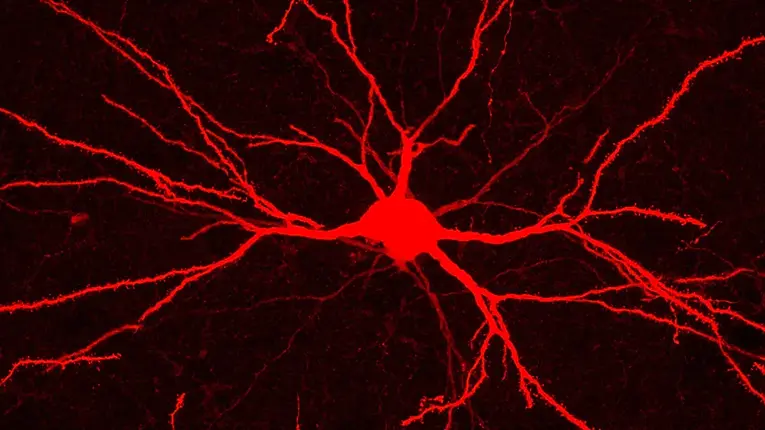
Our research
There are 3 major areas we are focused on at the moment:
Cortical Layers . The cerebral cortex is the part of the brain that is responsible for
high-level perception, learning, decision making, and movement. The cortex has
multiple layers, and each layer is made up of different cell types that have distinct
connectivity with other layers and the rest of the nervous system. Why did we
evolve each of these layers? How do they improve human thinking and survival?
How does dysfunction of specific cell types and layers produce psychiatric and
neurological disorders?
Apical Dendrites . Pyramidal neurons of many layers extend apical dendrites up
to cortical layer 1 where they receive dense connections from other brain
regions. Apical dendrites are likely an important “switchboard” by which cortical
areas talk to one another. These structures are known to degenerate in animal
models of memory disorders, like Alzheimer’s. We’re investigating the role of
apical dendrites in behavior and learning using in vivo imaging techniques like
two-photon microscopy.
High-Order Thalamus . Virtually every cortical area is associated with its own
primary and high-order thalamic nuclei. While the primary thalamic nuclei are well
understood to relay sensory information from sensory organs (like skin, eyes,
ears, etc) to the cortex, they account for little of thalamus. The bulk of thalamus is
comprised of high-order nuclei, whose functions have been elusive. Recent
rodent studies from my lab have discovered that high-order thalamus robustly
encodes the occurrence of salient or behaviorally relevant events, regardless of
any associated stimulus modality. We are now investigating how this changes
cortical processing in behavior.
